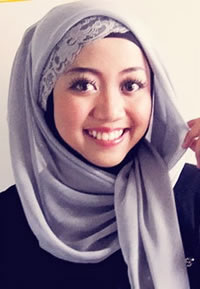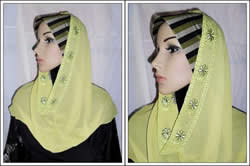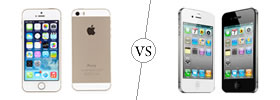Difference between Hijab and Tudung
Key difference: Hijab and tudung are two different kinds of clothing that are available to Islamic women. A hijab or hejab actually refers to the rules of covering up. However, in the usual everyday context, the word is used to refer to a scarf which covers the head. In Malay, the term ‘tudung’ or ‘tudong’ literally means ‘cover’, however in English it is translated to mean ‘headscarf’ or ‘veil’.
 Hijab and tudung are two different kinds of clothing that are available to Islamic women. Islamic women wear these cloths as a form of protection. They also act as a sign of modesty. Many claim that this clothing is decreed by the Islamic religion, culture and norms. Hence, many are times women are forced to wear these clothing in front of men by the social norms, elders and peers. However, many women choose to wear these clothing to represent their own belief in their religion and culture. They are worn by Muslim women as a symbol of modesty, privacy, and morality.
Hijab and tudung are two different kinds of clothing that are available to Islamic women. Islamic women wear these cloths as a form of protection. They also act as a sign of modesty. Many claim that this clothing is decreed by the Islamic religion, culture and norms. Hence, many are times women are forced to wear these clothing in front of men by the social norms, elders and peers. However, many women choose to wear these clothing to represent their own belief in their religion and culture. They are worn by Muslim women as a symbol of modesty, privacy, and morality.
A hijab or hejab actually refers to the rules of covering up. In Arabic, the term ‘hijab’ literally means “a screen or curtain” and is used in the Qur'an to refer to a partition. Hijab also refers to a metaphysical dimension, where al-hijab refers to "the veil which separates man or the world from God”. Hijab can also be used to ‘refer to any head, face, or body covering worn by Muslim women or men that conforms to a certain standard of modesty.’
However, in the usual everyday context, the word is used to refer to a scarf which covers the head. It is also often called a Khimār. A woman is expected to start wearing a hijab at the time of puberty and must start wearing other forms of covering as she grows up. The hijab must be worn in front of any non-Mahrams, which is essentially everyone except the woman’s spouse and unmarriageable relatives.
 In Malay, the term ‘tudung’ or ‘tudong’ literally means ‘cover’, however in English it is translated to mean ‘headscarf’ or ‘veil’. It is often worn by women in Islamic communities in Malaysia and Brunei. In Indonesia, the word, ‘kerudung’ may also be used.
In Malay, the term ‘tudung’ or ‘tudong’ literally means ‘cover’, however in English it is translated to mean ‘headscarf’ or ‘veil’. It is often worn by women in Islamic communities in Malaysia and Brunei. In Indonesia, the word, ‘kerudung’ may also be used.
Both, tudung and kerudung are part of the traditional Islamic hijab. It is a scarf which is used to cover the head, including hair and ears. It usually does not cover the face. Many modern types of tudungs have a sewn-in curved visor, which aims to protect the wearer from the direct sunlight. In Malaysia and Brunei, the tudung is part of the standard dress code for office work, school uniforms and formal occasions.
Image Courtesy: knightfightband.blogspot.com, tudung-layer-chiffon.blogspot.com









Add new comment